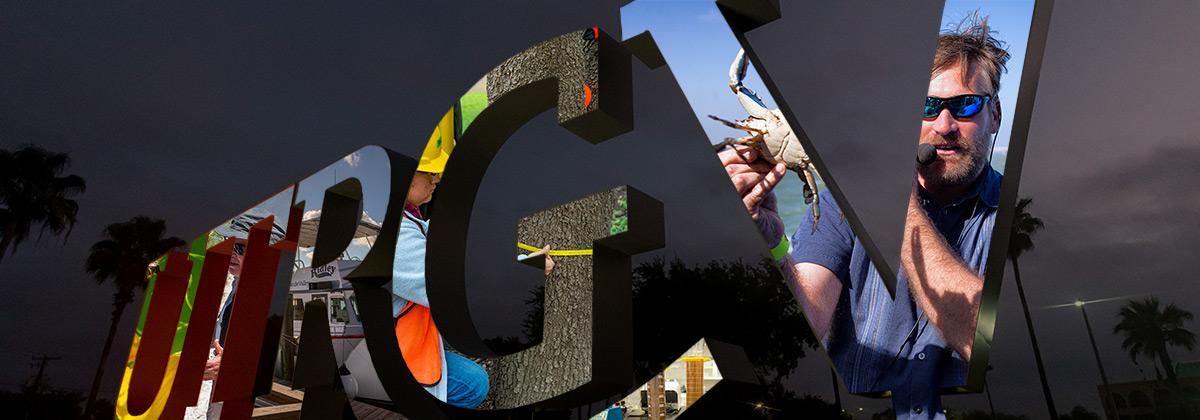
School of Earth, Environmental, and Marine Sciences Faculty Publications and Presentations
Document Type
Article
Publication Date
7-15-2022
Abstract
The barrier island of South Padre is located off the coast of Texas’s southern tip in Cameron County and is a popular tourist destination with over 4 million annual visits. The only road access to and from the island is a four-lane causeway, 2.3 miles in length, that routinely experiences heavy traffic. Twenty years ago, a barge crashed into the Queen Isabella Causeway, destroying a portion of the bridge. It quickly became apparent how reliant South Padre Island (SPI) is on the causeway and raised questions regarding its lack of disaster resilience. Local boosters and government responded by proposing and planning for the construction of a second causeway that would provide an additional emergency response route and facilitate economic development. However, the planned location for the new bridge crosses through sensitive seagrass beds that this construction would permanently fragment. The habitats for numerous threatened and endangered species would be destroyed, thereby reducing the ecological resilience of the area. Social–ecological theory focuses on the interconnectedness between humans and ecosystems and their symbiotic nature. Yet in the case of SPI, these two dimensions of social–ecological resiliency are in competition with one another. The proposed causeway would ostensibly enhance disaster preparedness and foster economic development but at the expense of the degradation of crucial ecological habitats. This case study provides insight into the contradictions between ecological resilience and disaster resilience from the standpoint of various stakeholders.
Recommended Citation
Juliet Vallejo, Katia Sanchez, Evelyn Roozee, Owen Temby; Disaster Resilience Versus Ecological Resilience and the Proposed Second Causeway to South Padre Island. Case Studies in the Environment 4 January 2022; 6 (1): 1714379. doi: https://doi.org/10.1525/cse.2022.1714379
Publication Title
Case Studies in the Environment
DOI
10.1525/cse.2022.1714379


Comments
© 2022 by The Regents of the University of California. Original published version available at https://doi.org/10.1525/cse.2022.1714379